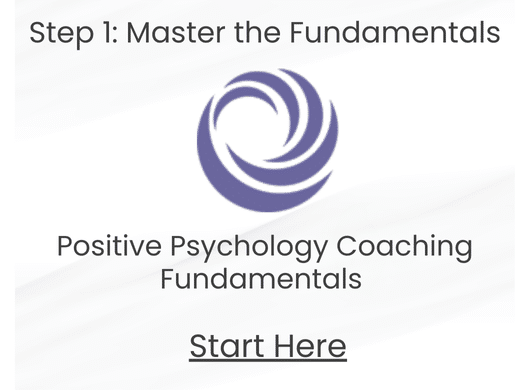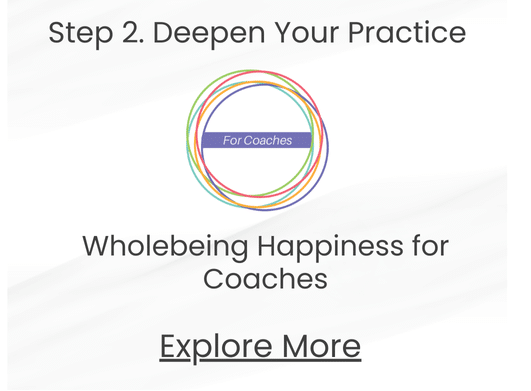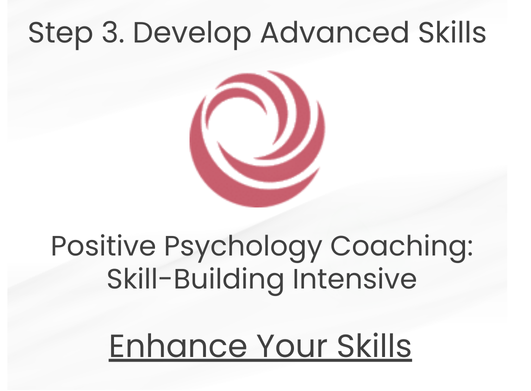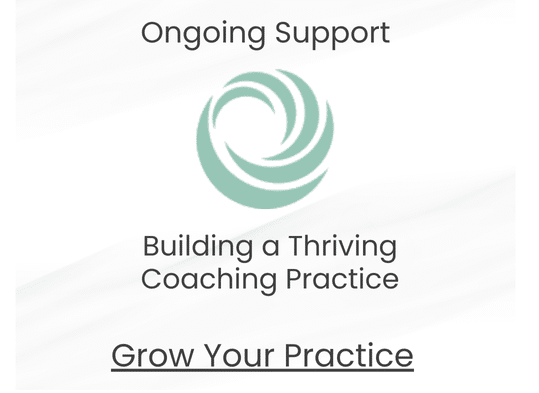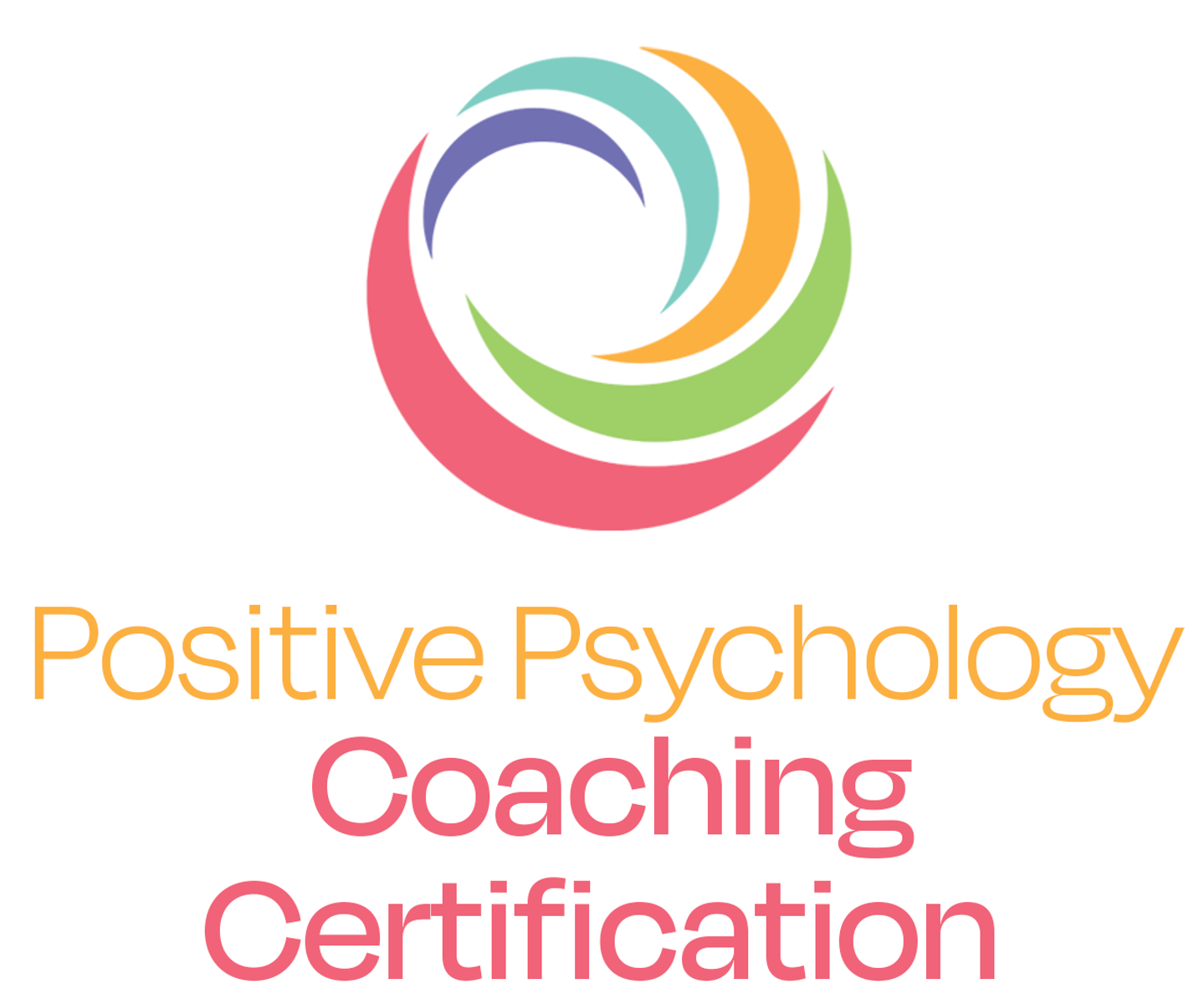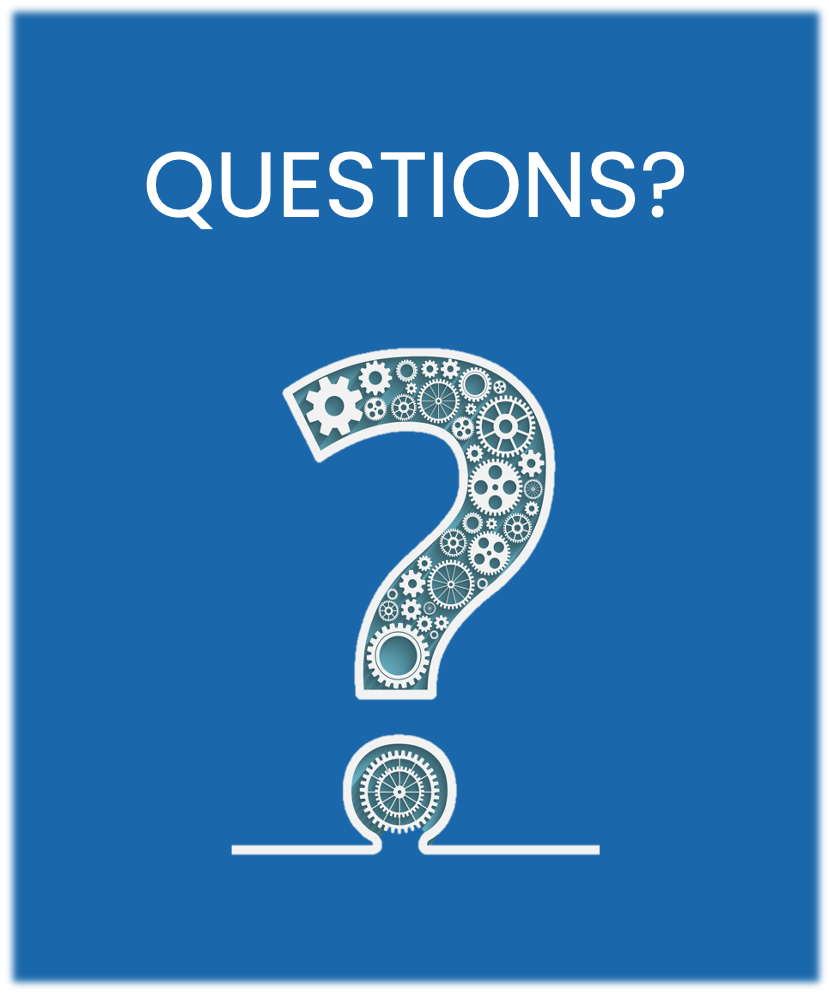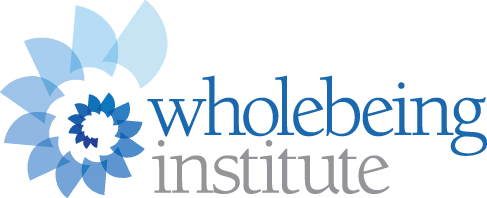by Rick Hanson, PhD
Any kind of growth or personal development requires a very fundamental skill: Learning.
In my new book, Resilient, I offer practical strategies for growing the 12 inner strengths you need for lasting well-being in a changing world.
In the excerpt below, we’ll explore one of those: Learning.
Going on a long hike, we need to bring food and other supplies. Similarly, on the road of life we need psychological supplies such as compassion and courage. How do we get these supplies into the neural “backpack”?
The Growth Curve
We do it by learning. This is a broad term that goes far beyond memorizing multiplication tables. Any lasting change of mood, outlook, or behavior requires learning. From childhood onward, we learn good habits, character strengths, and skillful ways to interact with others. Healing, recovery, and development are forms of learning as well. About a third of our attributes are innate in our DNA, while the other two-thirds are acquired through learning. This is very good news, since it means we have great influence over who we become, who we learn to be. Suppose you would like to be calmer, wiser, happier, and more resilient. Having read many comic books as a kid, I think of these inner strengths as sort of like superpowers.
Learning is the superpower of superpowers, the one that grows the rest of them. If you want to steepen your growth curve in life, it pays to learn about learning.
Any kind of learning involves a change in neural structure or function. These changes occur in two stages, which I call activation and installation. In the first stage, activation, there is an experience such as feeling liked. All experiences—all thoughts, sensations, daydreams, worries, and anything else passing through awareness—are based on underlying neural processes. A particular experience is a particular state of mental/neural activity. Then in the second stage, installation, this experience is gradually consolidated in long-term storage in the brain. Over time, passing states become installed as lasting traits. (I’m using the term “trait” broadly.)
There’s a saying in brain science based on the work of Donald Hebb: neurons that fire together, wire together. The more they fire together, the more they wire together. In essence, you develop psychological resources by having sustained and repeated experiences of them that are turned into durable changes in your brain. You become more grateful, confident, or determined by repeatedly installing experiences of gratitude, confidence, or determination. Similarly, you center yourself increasingly in the Responsive, green zone—with an underlying sense of peace, contentment, and love—by having and internalizing many experiences of safety, satisfaction, and connection.
The Essence of Self-Reliance
This is the fundamental “how-to” of healing, training, and personal growth. You can apply it to developing interpersonal skills, motivation, peace of mind, or anything else you want inside yourself. It’s the essence of self-reliance. Even the most fulfilling situations, occupations, and relationships may change. Sooner or later, one way or another, the bottom could fall out. But whatever you have inside yourself is with you always. Just like you can’t unlearn how to ride a bicycle, you won’t unlearn the inner strengths you grow over time. And the harder your life is and the less support you’re getting from external sources, the more important it is to look for those little opportunities each day to highlight a useful or enjoyable experience and consciously take it into yourself.
Unfortunately, this process of deliberately internalizing beneficial experiences is rarely taught explicitly. In schools, workplaces, and trainings, people are instructed in various things – but they’re not usually taught how to learn.
When you learn how to learn, you gain the strength that builds the other strengths of resilient well-being.
HEAL Yourself
You can guide the structure-building processes of your brain in four steps, which I summarize with the acronym HEAL:
Activation
1. Have a beneficial experience: Notice it or create it.
Installation
2. Enrich it: Stay with it, feeling it fully.
3. Absorb it: Receive it into yourself.
4. Link it [optional]: Use it to soothe and replace painful, harmful psychological material.
The first step of HEAL is the activation phase of learning. You start with a useful or enjoyable experience of some kind. The rest of HEAL is the installation phase, in which you begin the process of turning that beneficial experience into a lasting change in your brain. The fourth step, Link, involves being aware of positive and negative material at the same time. It is optional for two reasons: the first three steps alone are sufficient for learning, and sometimes people are not yet ready to engage their negative material.
Join us for a webinar with Rick Hanson on May 30, 2018 at 11:00 am ET.
Rick Hanson, PhD, is a neuropsychologist and author of Resilient: How to Grow an Unshakable Core of Calm, Strength, and Happiness, Hardwiring Happiness, Buddha’s Brain: The Practical Neuroscience of Happiness, Love, and Wisdom, and Just One Thing: Developing a Buddha Brain One Simple Practice at a Time.Founder of the Wellspring Institute for Neuroscience and Contemplative Wisdom and affiliate of the Greater Good Science Center at UC Berkeley, he’s been an invited speaker at Oxford, Stanford, and Harvard, and taught in meditation centers worldwide. Rick’s work has been featured on the BBC, NPR, FoxBusiness, and in Consumer Reports Health, US News and World Report, and O Magazine. His weekly e-newsletter, Just One Thing, has more than 73,000 subscribers. Find out more at rickhanson.net.


 Rick Hanson, PhD, is a neuropsychologist and author of Resilient: How to Grow an Unshakable Core of Calm, Strength, and Happiness, Hardwiring Happiness, Buddha’s Brain: The Practical Neuroscience of Happiness, Love, and Wisdom, and Just One Thing: Developing a Buddha Brain One Simple Practice at a Time.Founder of the Wellspring Institute for Neuroscience and Contemplative Wisdom and affiliate of the Greater Good Science Center at UC Berkeley, he’s been an invited speaker at Oxford, Stanford, and Harvard, and taught in meditation centers worldwide. Rick’s work has been featured on the BBC, NPR, FoxBusiness, and in Consumer Reports Health, US News and World Report, and O Magazine. His weekly e-newsletter, Just One Thing, has more than 73,000 subscribers. Find out more at
Rick Hanson, PhD, is a neuropsychologist and author of Resilient: How to Grow an Unshakable Core of Calm, Strength, and Happiness, Hardwiring Happiness, Buddha’s Brain: The Practical Neuroscience of Happiness, Love, and Wisdom, and Just One Thing: Developing a Buddha Brain One Simple Practice at a Time.Founder of the Wellspring Institute for Neuroscience and Contemplative Wisdom and affiliate of the Greater Good Science Center at UC Berkeley, he’s been an invited speaker at Oxford, Stanford, and Harvard, and taught in meditation centers worldwide. Rick’s work has been featured on the BBC, NPR, FoxBusiness, and in Consumer Reports Health, US News and World Report, and O Magazine. His weekly e-newsletter, Just One Thing, has more than 73,000 subscribers. Find out more at 